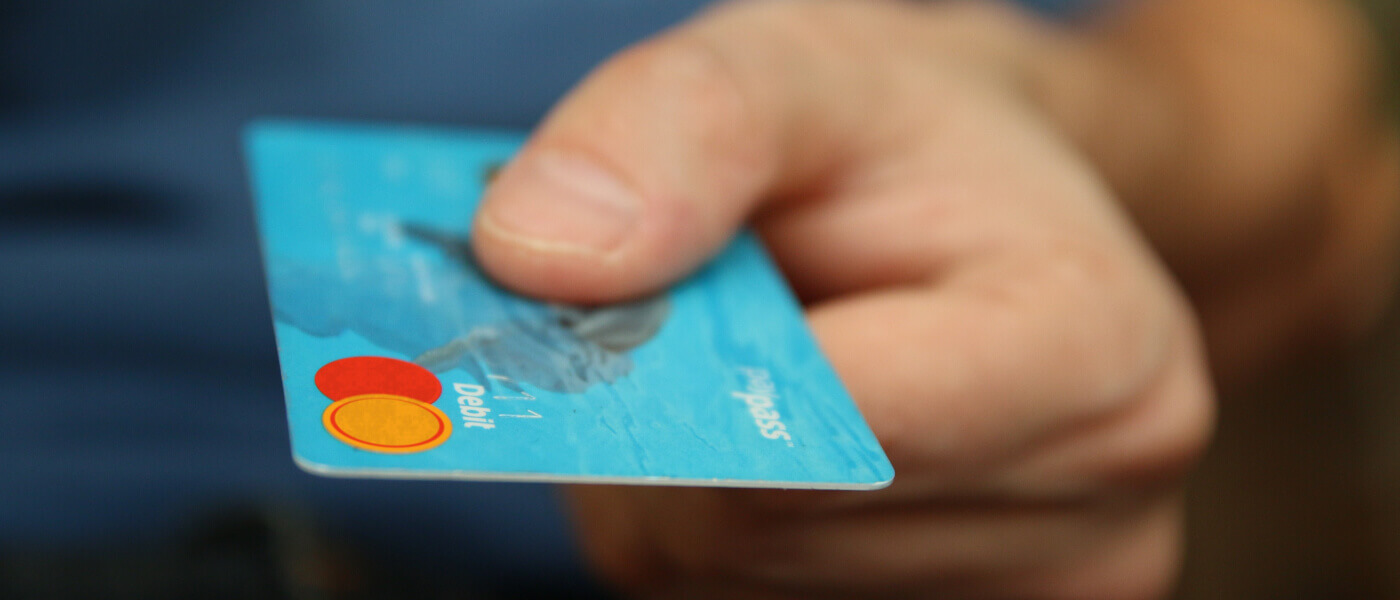
With so many overlapping trends, the payments landscape has quickly become complex. There are multiple card payment options, and new alternatives like digital wallets and other business models have entered the playing field.
In this article, we explore the many available payment methods to find out what the future of payments looks like.
Digital Payments
Digital wallets, sometimes called e-wallets, are types of software that allow users to store debit cards, credit cards and loyalty cards virtually. These software-based platforms enable users to access all their card payment options from a single location, which is very useful. As long as they are connected to the cloud, users can access their digital wallets through any device.
This flexibility and ease of access has made digital payments rise in popularity. You no longer need to carry around all your individual cards with you, as you can now store them all on the cloud. Even gift cards can be added simply to your digital wallet, eliminating the risk of losing it before you get a chance to use it.
Mobile Payments
While mobile payments aren’t as broad as digital payments, they still continue to grow as a key component in the future of payments. Mobile wallets are used to make contactless payments, replacing the need for cash, credit cards or debit cards.
Google Pay, Apple Pay and Samsung Pay are some of the most well-known apps that allow for mobile payments. These are most commonly accessed through a smartphone but have the added benefit of also working through other wearable devices.
So, if you happen to forget both your wallet and your phone, you can still make a card payment through your connected smart watch!
eCommerce Payments
Online retail transactions have skyrocketed, which means the payment industry has had to adapt and evolve to the sudden rise in demand. The traditional eCommerce payment methods that we had relied on for years have now been replaced by faster, more secure, and more accessible payment methods.
Open Banking Payments
Open banking is a payments service that allows customers to make swift and secure online payments. Instead of manually keying in your bank details, you simply select your bank from a list and verify your purchase with your fingerprint or Face ID. The use of biometrics means that the chance of fraud is extremely low, and it’s even safer because you don’t need to store your card details anywhere.
Cross border payments
Sometimes known as international payments, cross-border payments include any type of transaction where the customer and the merchant are in different countries. With the rise of digital payments, more shoppers have expanded into international shopping, which has prompted a shift in the global payments infrastructure.
For any eCommerce country that wants to open its doors to a wider audience, adopting cross-border payments is essential. The shift to eCommerce was initially instigated and expedited by the Covid-19 crisis. But even in the wake of the pandemic, it’s clear that cross-border payments are here to stay and will play an important role in the future of card payments.
Prepare for the future of payment systems
When it comes to payment systems, we’re very much already living in the future. In just a few short years, we’ve gone from mostly using traditional payment methods to now having a range of digital payment options at our fingertips. And as technology evolves and user expectations increase, we can expect to see this trend continue.
Here at Clover, we provide a range of payment solutions tailored to businesses of all sizes. From handheld Point-of-Sale machines to larger devices that come with a range of features, our products help to simplify the payment process.



